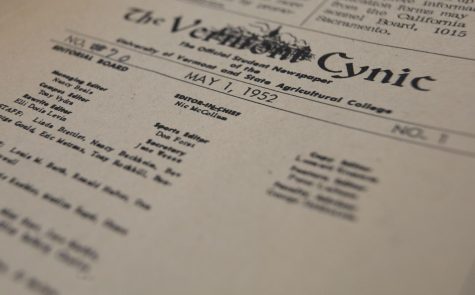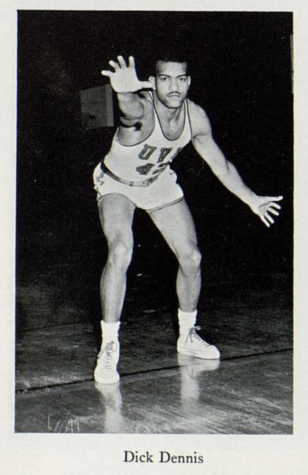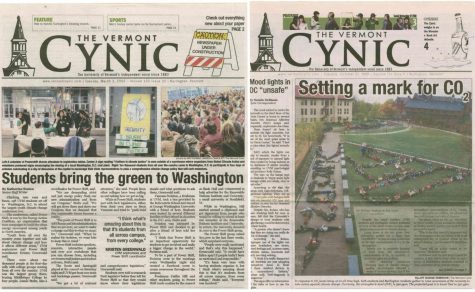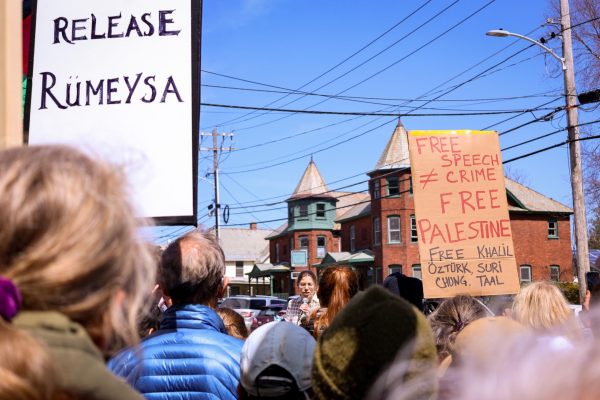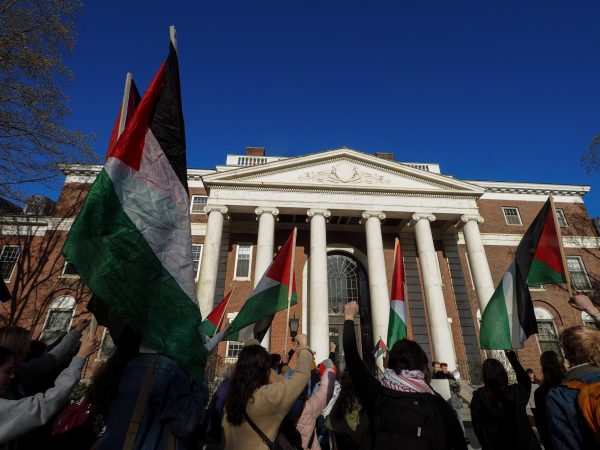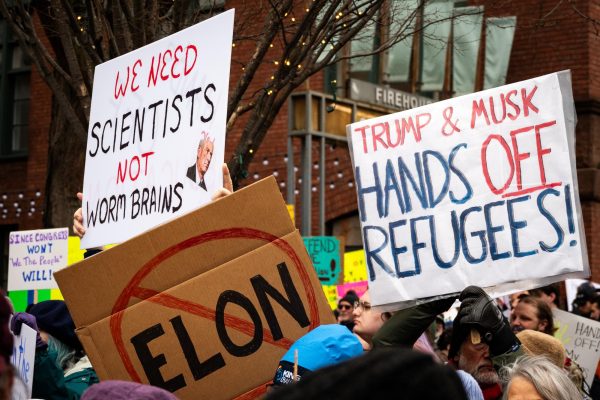New tool assists stem cell therapy
A new tool that could help facilitate future stem cell therapy has recently been identified by a UVM professor and his colleagues, according to UVM’s College of Medicine.
The development of this tool could potentially help more than 700,000 Americans who suffer a heart attack each year.
Because stem cells have the potential to develop into a variety of cell types in the body, they may offer a renewable source of replacement cells to treat diseases, conditions and disabilities, and even regenerate damaged tissue and organs.
However, the field of regenerative medicine has struggled to successfully graft cells from culture back into injured tissue.
UVM Associate Professor of Medicine Jeffrey Spees, Ph.D., collaborated with the Center for Gene Therapy at Tulane University. His research team recently set out to develop ways to enhance graft success.
Dr. Spees and his team focused on a type of bone marrow-derived “progenitor cell” or biological cell that forms “stromal cells” or connective tissue cells.
They found that the medium contained Connective Tissue Growth Factor (CTGF) and the hormone insulin, and “together, they have a synergistic effect,” Spees said to UVM’s College of Medicine.
The group found that the protective ligands resulted in improved graft success, breaking the record for engraftment.
These ligands protect injured tissue, promote tissue repair and support stem and progenitor cells in culture, according to UVM’s College of Medicine.
Ligands are also responsible for interacting with specific receptors on the surface of a stem or progenitor cell.
The team created their priming tool, “Cell-Kro,” which increases cell adhesion, proliferation, survival and migration, according to UVM’s College of Medicine.
In the future, “Cell-Kro” could potentially include human cardiac stem cells and trials, Spees said in an interview with the Vermont Cynic.
“Long term grafting is the single most important obstacle facing cell therapy,” Spees said. If successful, “Cell-Kro” could potentially be used to graft many different types of cells to various different tissues in humans, Spees said.
First-year Katie Arnone is excited about the potential breakthroughs in cardiology. “The scientific community saved my dad’s life after he developed heart problems, for which I’m forever grateful,” she said.


